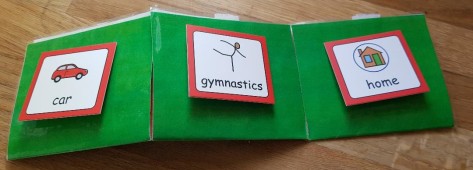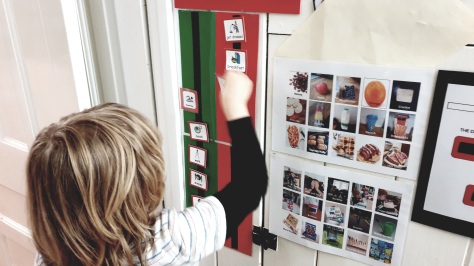Getting your child toilet trained is one of the hardest tasks for any parent, but when your child is autisitc and non-verbal, it provides even greater challenges.
But it can be done, you just need to gather a lot of patience, a support network and realise you are in it for the long haul.
Here are my top tips for toilet training when there is an autistic twist:
- Follow the advice and steps from any toilet training search on Google. The general guidance is still the right way to tackle this. This includes reward charts, regular visits to the toilet, positivity and encouragement. Steps 2 to 20 below are the enhancements to the standard process.
- Skip the potty and go straight to the toilet. You don’t want your child to finally grasp toilet training and you then have another challenge of ditching the potty. Limiting the number of transitions is key.
- Get a toilet seat for comfort and a little step to support your child’s legs and to allow them to get up to the toilet.
- Keep to simple language. Use the single word “Toilet” to state what is going to happen. If your child is non-verbal, use the word with the associated Makaton or photo image.
- My son would not sit on the toilet. All the guidance on putting them on the toilet morning and night, and getting him use to it etc. didn’t work. His nappy was all he knew and it was working for him, so why change that? We just jumped right in on day 1. It avoided confusion of when to go and although a big change, helped communicate that this was how it was going to be going forward.
- Become cleaning experts. Accept that your child is going to have loads of accidents, and this can be for a number of weeks before you even get one sucess in the toilet.
- Let your child do whatever they want if they sit on the toilet. Let them watch the iPad while eating a ice-lolly and holding their favourite toy. Remember the main objective, everything else can go out the window.
- Get a support network, you can’t do this alone. This includes family, friends, nusery/school and any other professionals. You all need to be following the same plan and sharing what has happened that day to ensure you are working together.
- Forget hand washing (I can’t believe I typed that!). But seriously… focus on getting the wees and poos in the toilet. The tasks about pulling their pants up, wiping their own bum, flushing the toilet and washing their hands can come afterwards. Wipe your child’s hands quickly with a wet wipe afterwards and you can also add some antibacterial gel if you want.
- Dont force anything. You may want to forcefully put your child on the toilet and shout “PEE!!!!” at them. I’ve been there. After a week or two of battling and struggling, you may find yourself doing this. But don’t. It will set you back weeks. Take a breath and get someone else to step in if you can. Otherwise just walk away and come back calmer.
- Run the tap to tempt your child to wee, and make sure you get them to drink loads of liquid.
- Get them to blow bubbles when on the toilet – helps with the poos!
- Don’t worry about night time. Pull-ups go back on at bedtime, and then pants back on in the morning. Bedtime training will come later.
- Give a reward for any small step or just encouragement. We used chocolate buttons. One button before the request (so he knew what he was going to get – he had the taste in his mind) and a second as a reward.
- Don’t feel you can’t go out. Get your child to sit on a towel in the car and take loads of changes of clothes, wet wipes and cleaning products. Stick to outdoor areas and make sure you have a pack of anti-bacterial wipes and kitchen towel in your bag – to clean the slide or other equipment in the event of an oops moment.
- Once you have your child going to the toilet start thinking about the other steps and add them on slowly, one at a time.
- Print out a picture sequence of what is required, and point to the stage you are doing.
- The whole process is going to take a long time. Break it up into small tasks. It will all be worth it.
- Be creative and use your initiative. I have heard people planting wee trees for their sons to encourage weeing standing up. Use your child’s interests and remember the main objective – getting wees and poos in the toilet.
- Don’t give up.

Has this helped you? Can it help someone else?
Share with your friends or support groups.
Head to Facebook and leave a comment.









